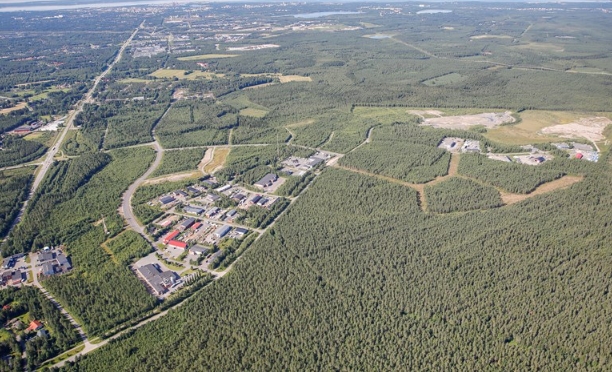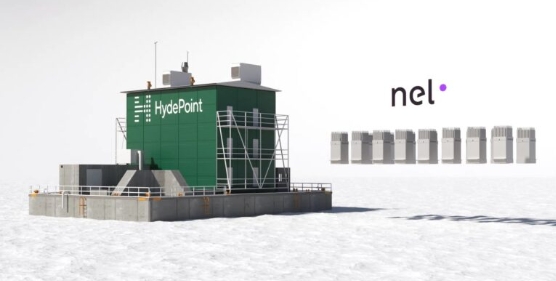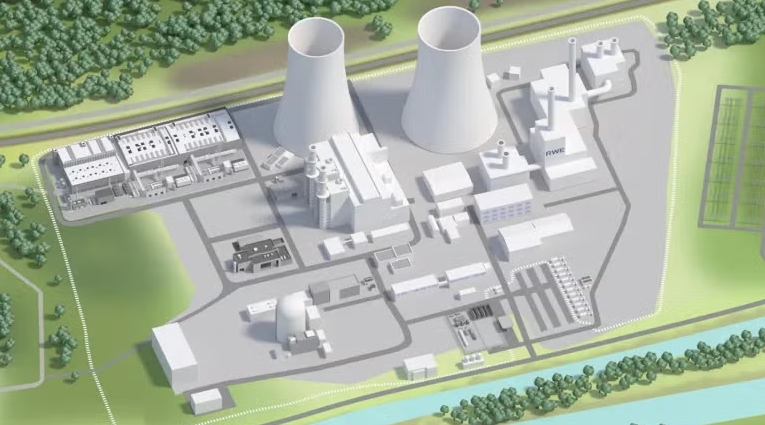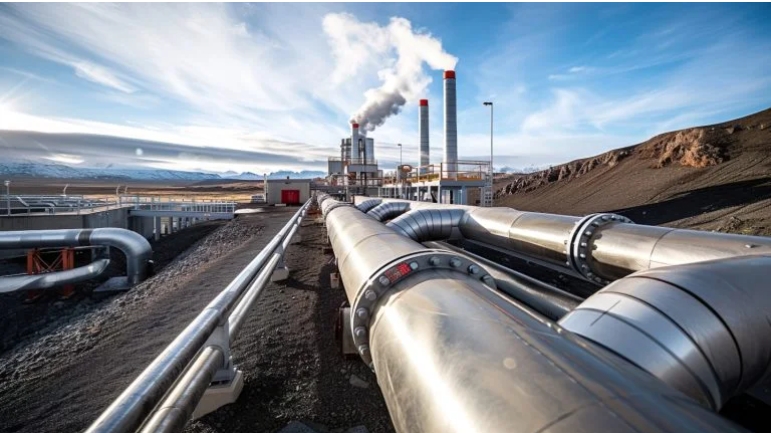The recent shutdown of six nuclear reactors at South Korea’s Kori and Wolsong nuclear power plants during the typhoons Maysak and Haishen resulted from the failure of power supply equipment, caused by salinity carried on the wind, citing an independent investigation by Korea Hydro and Nuclear Power (KHNP).
Four nuclear reactors (Shin Kori 1, Shin Kori 2, Kori 3, and Kori 4) automatically shut down at on 3 and 4 September during Typhoon Maysak. Wolsong 2 and Wolsong 3 were later shut down on 7 September because of Typhoon Haishen.
KHNP said on 9 September: “The powerful winds and waves whipped up by the typhoon caused a large amount of salinity to enter the power supply equipment at the power plant. That in turn caused breakdowns, triggering breakers that are in place to protect the generating equipment.”
KHNP said the typhoon was stronger than expected. However, Han Byeong-seop, director of the Institute for Nuclear Safety said that even if salinity was the cause, the real problem might be "poor-quality parts and slapdash construction," Hankyoreh reported.
Following the 2011 Fukushima accident in Japan, the South Korean government ordered the KHNP to implement 46 measures aimed at countering extreme natural disasters. The project was intended to be completed by 2015, but three of the measures remain incomplete: installing watertight doors and waterproof pumps, installing exhaust or decompression equipment on the containment vessel, and improving anti-flooding measures in the main steam safety valve room and the emergency pump room.







